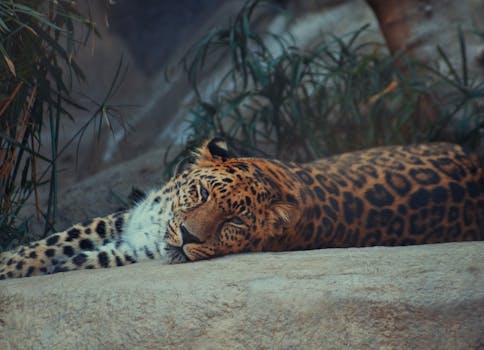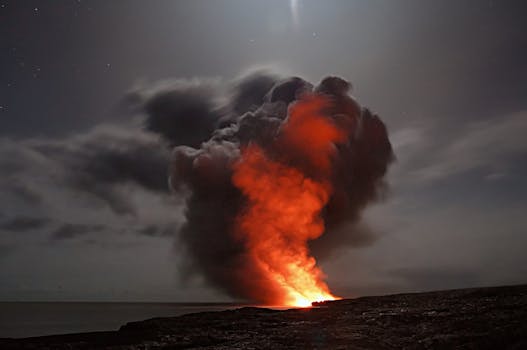San Diego Zoo

The San Diego Zoo and Safari Park are marking a major achievement in California condor conservation with a record number of chicks taking their first flights this year. A total of eight critically endangered California condor chicks have fledged from the Safari Park’s Condor Breeding Program and wild nests in Southern California, a significant boost to the species’ recovery. Historically, the California condor population plummeted to just 22 individuals in the 1980s, making this success particularly noteworthy. The achievement is the result of collaborative efforts between the San Diego Zoo Wildlife Alliance, the U.S. Fish and Wildlife Service, the California Department of Fish and Wildlife, and other partners.
At the Safari Park, the Condor Breeding Program uses controlled breeding and innovative techniques such as double-clutching to maximize the number of chicks. Experienced bird care specialists closely monitor the chicks, teaching them essential foraging and social skills. Meanwhile, reintroduction programs release captive-bred condors into their natural habitats in California, Arizona, and Utah. To mitigate threats such as lead poisoning from scavenging carcasses containing lead ammunition, released condors receive supplementary feeding and are tracked via GPS.
The San Diego Zoo has also been raising awareness about the dangers of lead to condors and encouraging hunters to use non-lead ammunition. Beyond its condor conservation efforts, the Zoo is conducting groundbreaking research on African forest elephants. Using artificial intelligence to analyze acoustic data, researchers can identify individual elephants by their unique vocalizations, aiding anti-poaching efforts and informing conservation strategies. This bioacoustic monitoring has proven crucial in understanding elephant communication and movement patterns.
In addition to its conservation work, the Zoo is enhancing its animal habitats. A major upgrade to the gorilla habitat is underway, creating a more naturalistic environment that encourages natural behaviors and improves visitor viewing experiences. Plans are also being discussed for renovations to the polar bear exhibit, focusing on enrichment and climate control to ensure the bears’ well-being. The Zoo remains committed to public engagement, offering educational programs and behind-the-scenes tours that highlight conservation challenges and the Zoo’s dedication to biodiversity. Recent participation in a global study on the impact of microplastics on wildlife further demonstrates the Zoo’s commitment to addressing broader environmental issues and its legacy as a leader in wildlife conservation and research.

 04 May 2025
04 May 2025 Share
Share






